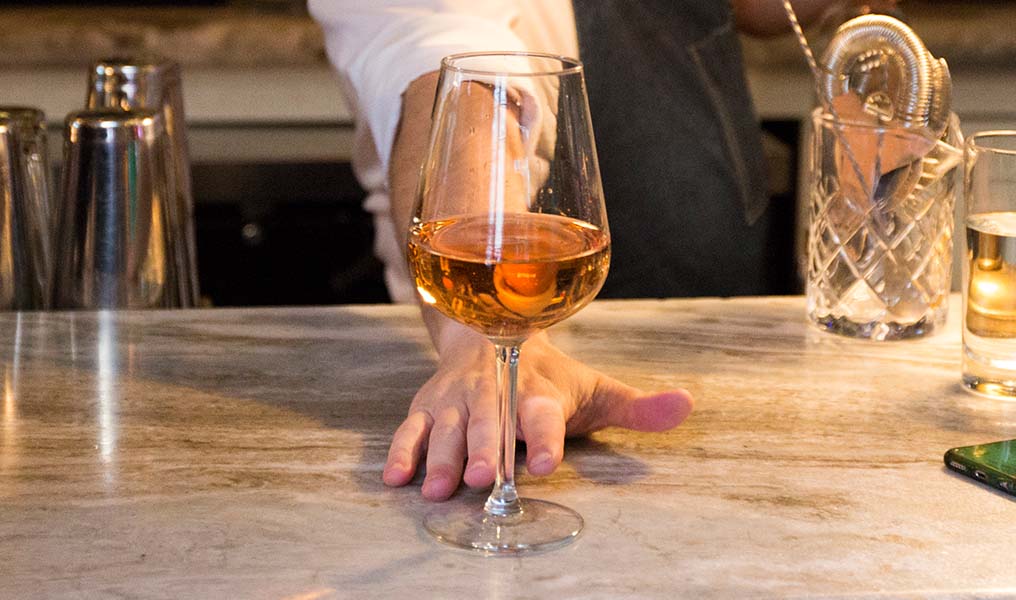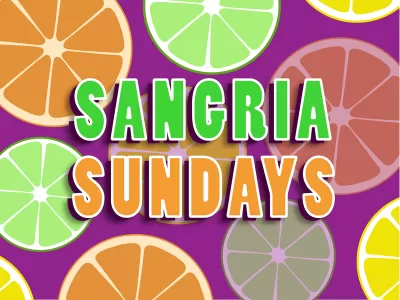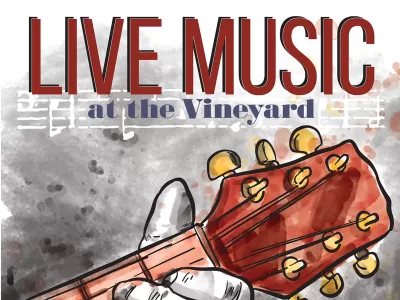Poppin' bottles in PA
Hey, thirsty travelers. Come visit Pennsylvino — where our grapes are happy, our tasting rooms are cozy, and our wineries are never more than an hour away. As the fourth-largest in grape production and fourth-largest in wine production and fourth-largest in number of wineries, Pennsylvania delivers on variety and volume. We produce more than 2 million gallons of wine each year and are home to more than 350 wineries — many of them smaller, family-owned establishments — and 14 diverse, self-guided trails.
Please designate a driver and enjoy Pennsylvania wine responsibly.




